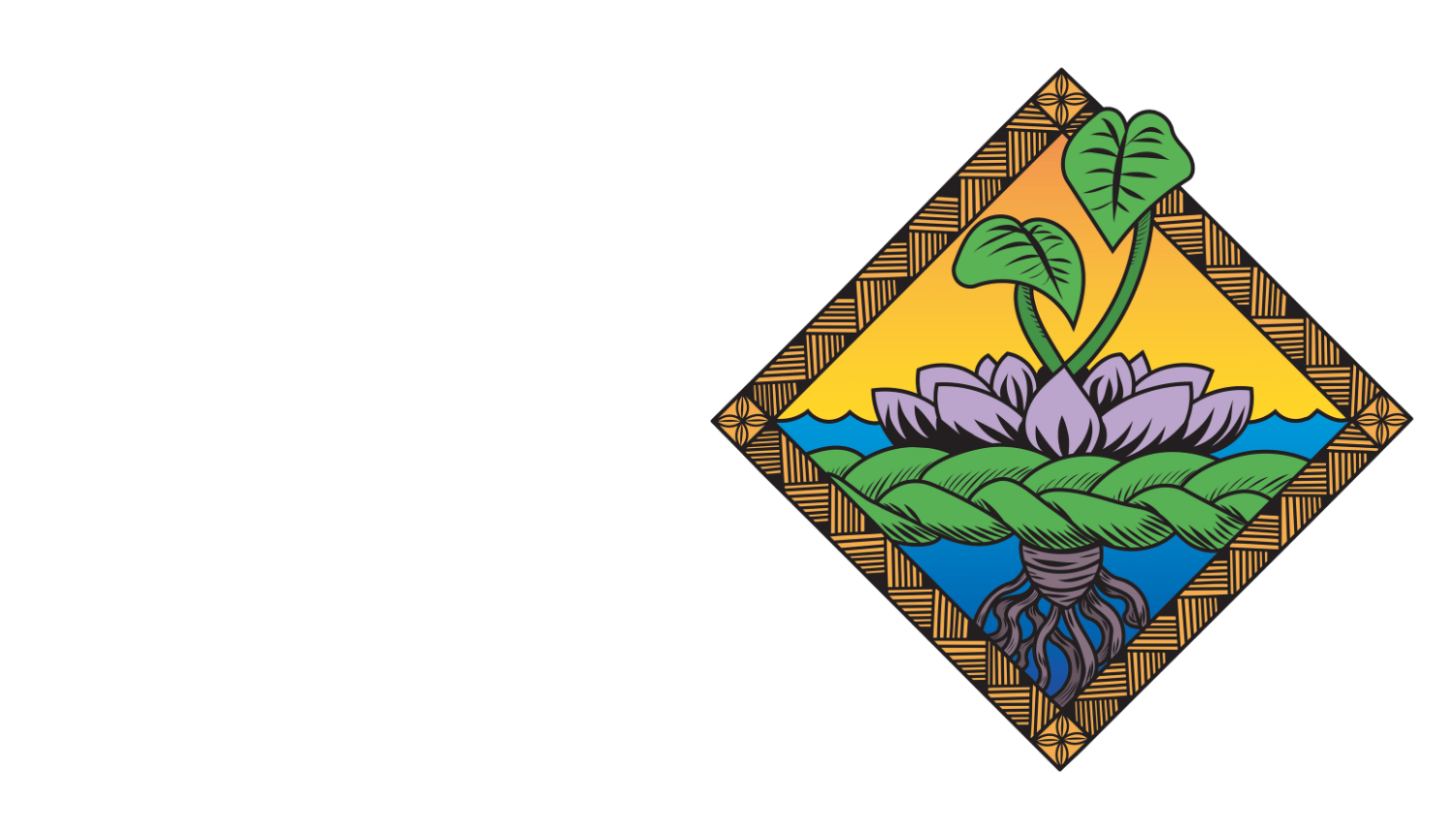Image: Drawing of St. Malo settlement in St. Bernard Parish, the first permanent Filipino settlement in the United States. March 31, 1883. Drawing by Charles Graham based off sketches by J. O. Davidson. Source: Wikimedia commons
Written by Joanne L. Rondilla, Ph.D.
As a high school senior, I remember a classmate asking our American history teacher, Mr. Marshall, “Will we be learning anything about Asians in the United States?” Perplexed, Mr. Marshall took a long curious pause before responding, “I don’t think such a history exists. Asians don’t have much of a history in the United States.” My seventeen year-old self did not know better and believed Mr. Marshall. He was, after all, the history teacher. Surely, he was correct.
One year later, I found myself sitting in an Introduction to Asian American History course at UC Santa Barbara. I was a first year college student and Mr. Marshall’s words echoed in my head: “Asians don’t have much of a history in the United States.” This course changed the trajectory of my life because for the first time, I felt a sense of identity and belonging in a country that made me feel so out of place. Luckily, a lot has changed since the mid 1990s. There is more awareness of Asian Americans, Native Hawaiians, and Pacific Islanders and our robust and nuanced history in the United States.
Every October, communities across the United States celebrate Filipino American History Month (FAHM). Introduced in 1992 by Filipino American National Historical Society (FANHS) founders Dr. Dorothy Laigo Cordova and the late Dr. Fred Cordova, FAHM was created to recognize the contributions, history, and legacy of Filipinos in America. It highlights the unique journey of Filipino Americans, one of the largest and oldest Asian communities in the U.S. In 2009, the U.S. Congress officially recognized FAHM and in 2015, President Obama celebrated the first FAHM at the White House.

The October celebration commemorates the arrival of the first Filipinos in what was then Indigenous land. On October 18, 1587, Filipino sailors, known as Luzones Indios, arrived in what is now Morro Bay, California, on Spanish galleons. At this time, the Philippines was under Spanish colonial rule. The arrival of the Luzones Indios predates the Pilgrims by over thirty years, illustrating over 400 years of Filipino presence and contributions in the United States.
FAHM provides an important opportunity to reflect, collect, and share the untold stories of Filipinos in America. It acknowledges the resilience of early immigrants, the courage of labor leaders, and the formation of families and communities, while honoring the sacrifices of Filipino veterans. It is also a time to celebrate the vibrancy and diversity of Filipino culture – from our rich food traditions to our political, artistic, and intellectual contributions. For me, it is a reminder that Filipino Americans and Asian Americans at large do have a history in this country.
For younger generations, this month serves as a reminder of our ancestors and the importance of maintaining connections with our respective communities. It is a call to educate ourselves and others about the vital role Filipino Americans have played in shaping the United States, while making critical connections to other communities and their histories.
FAHM encourages deep reflection of the past and a critical examination of our present and future. It is a time to advocate for continued recognition, equity, and inclusion, while celebrating the rich tapestry of Filipino stories that continue to influence American culture today. In celebrating FAHM, we honor a legacy that is over four centuries old. It is a history of struggle, survival, and triumph—one that continues to inspire future generations.
Watch the video below of Joanne Rondilla, Ph.D. talking about the significance of Filipino American History Month, and also learn about someone she admires in Filipino American history.









